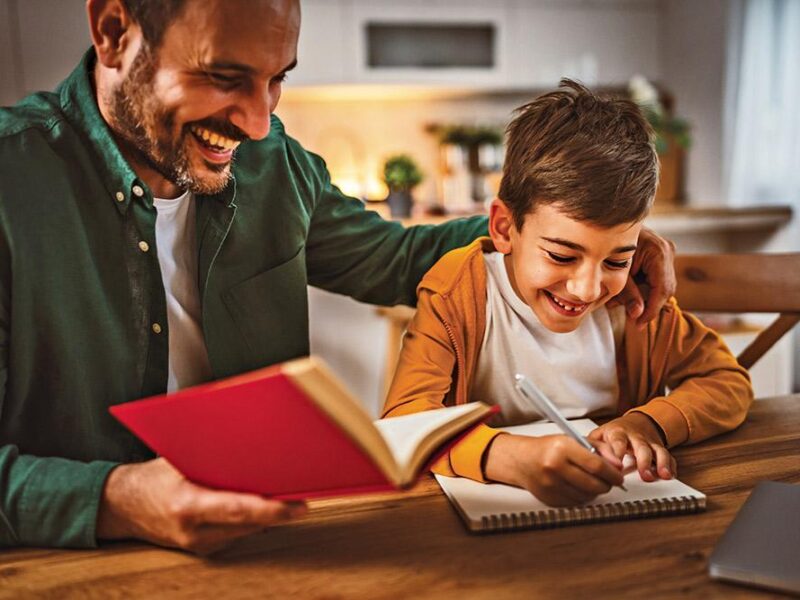Classroom secrets: The emotionally intelligent student
Rob Stringer
Your child might be good at Math, and even better at English, but what about Emotional Intelligence? Sometimes referred to as EI or EQ, research has shown that emotional intelligence (EQ) is as important at IQ when it comes to your children’s healthy development and future success. So this month let’s take a look at what EQ is, why it’s important, and a few simple strategies you can take to ensure your children are starting off with all the tools they’ll need for a successful year.
What is EQ?
While there are several ways to describe EQ, it basically consists of four key competencies: (1) Self-awareness: being able to identify your thoughts and feelings and see how they influence choices and actions; (2) Self-management: being able to handle your emotions so they don’t get in the way of the task at hand; (3) Social-awareness: being able to identify and understand the thoughts and feelings of others (empathy); (4) Relationship Skills: working to resolve conflict and maintain healthy friendships / relationships with others.
Why is EQ important?
According to Daniel Goleman Ph.D., author of Emotional Intelligence, “Helping children master their emotions and relationships makes them better learners,” … and it makes sense when you think about it. If your children are worried or feeling upset about some aspect of school (e.g. tests, homework, teasing, etc.) they will experience higher levels of anxiety. The more anxious students are, the less energy and attention they have to learn, solve problems, and understand new ideas. Compare this to students with higher EQ who report increased concentration, a better ability to deal with difficult situations, and increased abilities to relax and release tension.
How can students develop EQ?
Some schools and teachers incorporate EQ-based activities into their day (sometimes referred to as social and emotional learning), while other students learn from their parents. In addition to related techniques in last month’s column (July 2013—“Mindfulness for Kids”), here are a few which help to quiet the mind and relax their body:
Take a music break.Calm, slow classical music on the way to school or at other times can relax the mind.
Get into nature.Getting outside and into nature often gives kids a chance to run around, engages the senses, and helps them to connect to something larger than themselves.
Read stories.There are many great kids’ picture books that teach and model mindfulness and EQ-related principles. (e.g. Mindful Monkey, Happy Panda by Lauren Alderfet). Simply search “mindfulness” in the kids’ section of your favourite (online) bookstore’s database or library.
Discuss / reflect on feelings.Help your kids identify feelings they are experiencing. Name them. Talk about any physical sensations they feel in their body before or during these emotions. These can be clues to use to predict or become aware of certain feelings / emotional responses in the future. Kids can also be encouraged to write or draw about aspects of their day and how they felt.
As an educator, Youth Coach & speaker, Rob Stringer BA, BEd, CPC has spent two decades helping kids and teens meet with success. Contact him at Rob@YouthCoachGlobal.com.





